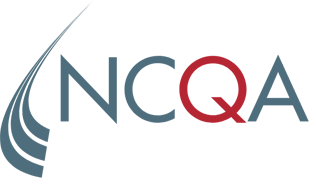No. As a general rule, examples should be used as a guide. Examples of questions for PHM 5, Element F that are not prescriptive, but address each requirement listed in the Explanation, include:
1. How satisfied are you with the information provided about the overall case management program?
2. How would you rate your experience with the case manager overall? With the program staff?
3. Did the case manager and other program staff treat you with courtesy and respect?
4. Was the information provided to you useful?
5. How well were you able to follow the recommendations provided to you by the case manager?
6. Were you able to achieve your health goals in your case management plan?
HP 2019

